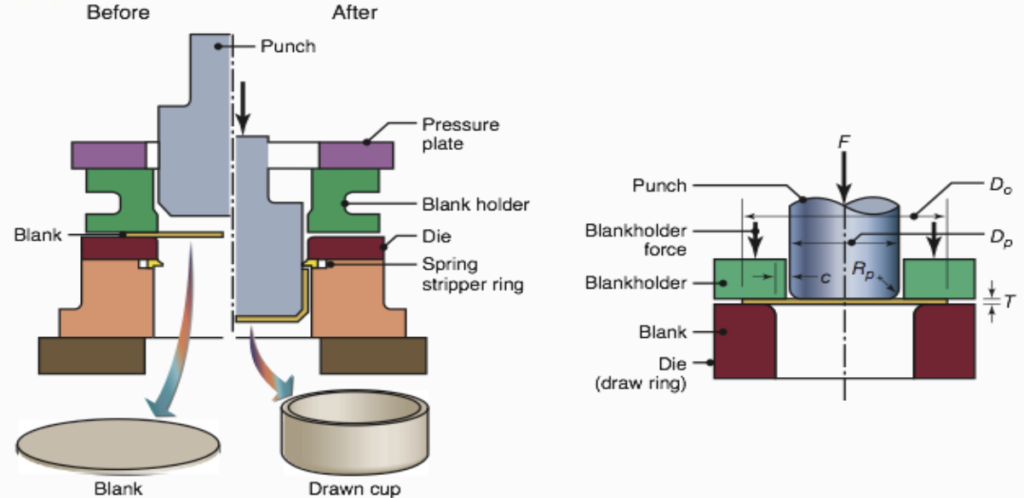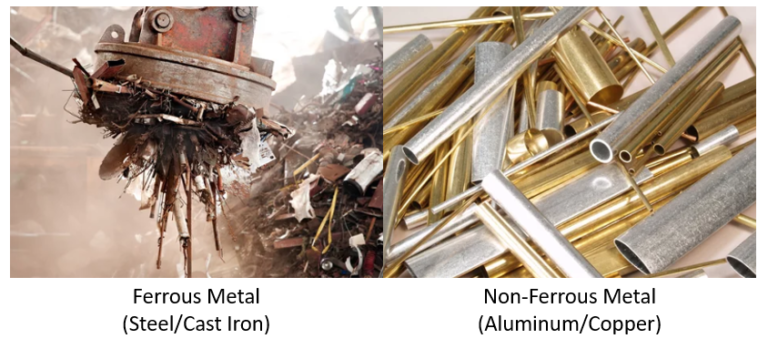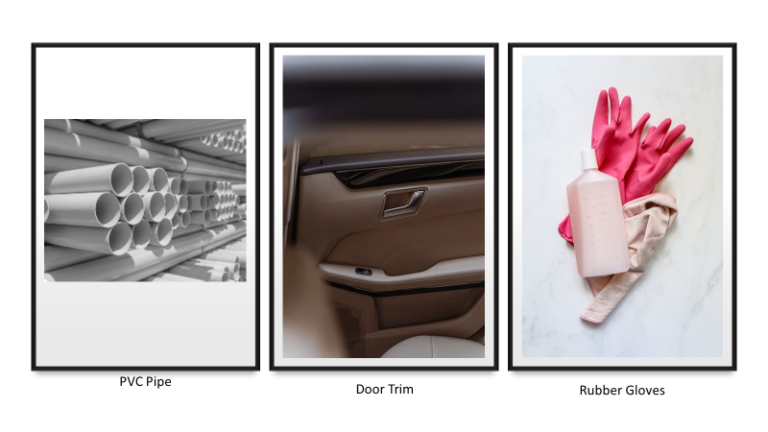Sheet Metal Hydroforming: The Ultimate Guide for Engineers and Manufacturers
Hey everyone, today we’re diving into the fascinating world of sheet metal hydroforming! If you’re into engineering and manufacturing, this is a must-read. We’ll cover everything from the basics to the nitty-gritty details, so buckle up and let’s get started!
Introduction
Picture this: you have a flat sheet of metal, and with a little magic (well, not really magic, but close enough!), you can turn it into complex and intricate shapes with just water and pressure. That’s sheet metal hydroforming in a nutshell. It’s a cutting-edge metal-forming technique that has gained popularity in various industries for its versatility and efficiency.
What is Sheet Metal Hydroforming?
So, what exactly is sheet metal hydroforming? In simple terms, The hydroforming (or fluid-forming) process is a manufacturing process that uses water pressure to shape flat sheets of metal into three-dimensional parts. This unique approach opens up a whole new world of possibilities for engineers and manufacturers to create complex shapes with ease.

How Does Sheet Metal Hydroforming Work?
Let’s take a closer look at how sheet metal hydroforming works. The process typically involves placing a flat sheet of metal into a die cavity, which is then sealed off. Next, water or another fluid is pumped into the die cavity at high pressure, which causes the metal to deform and take the shape of the die.
Once the desired shape is achieved, the pressure is released, and the hydroformed part is carefully removed from the die. There are different types of hydroforming methods, such as tube hydroforming, bladder hydroforming, and sheet hydroforming, each with its own unique advantages and applications.

One of the great things about sheet metal hydroforming is its versatility. It can be used to produce a wide range of parts, from simple components like brackets and housings to complex shapes like car body panels and aerospace components. The process is known for its ability to create parts with tight tolerances, smooth surfaces, and consistent thickness, which makes it ideal for applications where precision is crucial.
What’s the difference between deep drawing and hydroforming?
Deep drawing and hydroforming are two different sheet metal forming processes. Deep drawing involves using a punch to form a sheet metal blank into a three-dimensional shape by pulling it into a die cavity. It is typically used for creating cylindrical or box-like shapes with a constant depth. The image below shows the deep drawing process on a circular sheet-metal blank. The stripper ring facilitates the removal of the formed cup from the punch. When it comes to deep drawing only the punch force is a dependent variable; all others are independent variables, including the blank holder force.

On the other hand, hydroforming is a process that uses a pressurized fluid to shape a sheet metal blank into a complex three-dimensional shape by applying pressure from within the part. It allows for greater flexibility in shaping irregular or asymmetrical parts and can achieve deeper and more complex shapes compared to the deep drawing. Hydroforming tends to be more suitable for smaller run rates when compared with deep drawing.
The main difference between deep drawing and hydroforming is the way in which the force is applied to shape the sheet metal blank. In contrast to the ordinary deep-drawing process, during the hydroforming process, the pressure in the dome forces the cup walls against the punch. The cup travels with the punch; in this way, formability is improved. In other words, deep drawing also uses external force with a punch and die, while hydroforming uses internal pressure from a fluid medium. Hydroforming also offers advantages in terms of material utilization, design flexibility, and the ability to create lightweight and structurally optimized parts.
Applications of Sheet Metal Hydroforming
Sheet metal hydroforming has found applications in various industries, including automotive, aerospace, electronics, appliances, and more. In the automotive industry, for example, hydroforming is commonly used to manufacture exhaust manifolds, frame rails, suspension components, instrument panel support, engine cradles, and exhaust pipes. Hydroformed automotive radiator closure, which serves as a mounting frame for the radiator. In aerospace, it’s used to create complex shapes like aircraft fuselages and wing components. Other applications include creating intricate designs in consumer goods like appliances and electronics.

One of the key advantages of sheet metal hydroforming is its ability to produce parts with reduced material waste and cost savings compared to traditional forming methods. The process allows for the use of thinner materials while still maintaining the required strength, which can result in lighter parts and lower production costs. Hydroformed parts also tend to have fewer welds, reducing the need for additional fabrication and improving structural integrity.
What is tube hydroforming?
Tube hydroforming is a specialized manufacturing process used to shape tubular metal components using a combination of internal fluid pressure and external tooling. It involves placing a hollow tube into a die cavity, sealing the ends, and then injecting a pressurized fluid, typically water or oil, into the tube to expand it and take the shape of the die. Tube hydroforming allows for the creation of complex and irregular shapes with uniform wall thickness, without the need for multiple pieces of tooling or welding. Some examples of tube hydroformed parts include automotive exhaust and structural components, bicycle frames, and hydraulic and pneumatic fittings.

What are the 3 steps in the tube Hydroforming process?
The tube hydroforming process typically involves three main steps:

- Tube Preparation: In this step, a hollow tube, usually made of metal such as steel or aluminum, is selected and prepared for hydroforming. This may involve cutting the tube to the desired length, deburring the edges, and cleaning the surface to remove any contaminants that could affect the forming process.
- Tube Bending and Sealing: The prepared tube is then bent using a bender into the desired final shape. The tube is then placed into a die cavity, and the ends of the tube are sealed to prevent the fluid from escaping during the forming process. This can be done using clamps, plugs, or other sealing mechanisms, depending on the specific hydroforming setup.
- Fluid Pressure Application: Once the tube is loaded and sealed, a pressurized fluid, typically water or oil, is injected into the tube through an opening in the die. The fluid pressure causes the tube to expand and take the shape of the die cavity. The pressure is carefully controlled to achieve the desired level of deformation without causing any damage to the tube or die. After the forming process is complete, the fluid is drained, and the part is removed from the die.
Once complete any additional machining operations can be conducted such as drilling or milling.
What is pressure sequence hydroforming?
Pressure sequence hydroforming is a variant of the hydroforming process that involves applying pressure to different sections or areas of a sheet metal or tube component in a sequential manner during the forming process. This allows for controlled deformation and shaping of the component, particularly in areas with varying geometries or material mechanical properties.

In pressure sequence hydroforming, the pressurized fluid is applied to specific areas of the component in a step-by-step manner, often using multiple chambers and ports for precise control or just by partially closing the die to create areas of high and low pressure. This allows for incremental shaping of the component, with different sections experiencing different levels of pressure at different times. This can help to distribute the material flow more evenly and reduce the risk of wrinkles, thinning, or other defects in the formed part.
Pressure sequence hydroforming is often used in the production of complex components with varying geometries, such as automotive parts with multiple curves, flanges, or contours. It allows for greater flexibility in shaping the part and achieving desired tolerances and surface finishes. However, it may require more complex tooling and control systems compared to traditional hydroforming methods.
Design Considerations for Sheet Metal Hydroforming
Design plays a critical role in the success of sheet metal hydroforming. Engineers and manufacturers need to consider various factors during the design process to ensure optimal results. First, material selection is crucial, as different materials behave differently during hydroforming. Factors such as material thickness, ductility, and springback characteristics need to be taken into account.
Another important consideration is the part geometry. Parts with sharp corners, deep draws, or complex features may require additional tooling or modifications to the hydroforming process. It’s also essential to consider the die design, including the shape and size of the die cavity, as well as the placement of vents and ports for fluid flow.
Simulation and testing are also critical in the design process of hydroformed parts. Computer-aided simulations can help predict the behavior of the material during the hydroforming process, allowing for optimization of the process parameters. Prototyping and testing of the parts can also help identify potential issues and make necessary adjustments to ensure a successful hydroforming process.
Advantages and Limitations of Sheet Metal Hydroforming
Like any manufacturing process, sheet metal hydroforming has its advantages and limitations. One of the biggest advantages is its ability to produce complex parts with tight tolerances and smooth surfaces. The hydroforming process allows for the creation of parts with seamless, one-piece designs, reducing the need for secondary operations such as welding, grinding, or assembly. This can result in faster production times, lower labor costs, and improved part quality.
Another advantage is the potential for material savings. Hydroforming allows for the use of thinner materials while maintaining the required strength, which can lead to lighter parts and reduced material costs. Additionally, the process can eliminate or reduce the need for multi-piece assemblies, which can streamline production and reduce the risk of assembly errors.
However, sheet metal hydroforming also has limitations. One limitation is the size of the parts that can be hydroformed, as the process may not be suitable for very large or heavy parts. The complexity of the process and the need for specialized equipment and tooling can also be a limitation, as it may require additional investment and training. Additionally, achieving consistent and repeatable results can be challenging, and material selection and part design must be carefully considered to avoid potential issues.
Conclusion
In conclusion, sheet metal hydroforming is a versatile and efficient manufacturing process that offers numerous advantages for engineers and manufacturers. It allows for the production of complex parts with tight tolerances, smooth surfaces, and reduced material waste. The process finds applications in various industries, including automotive, aerospace, electronics, appliances, and consumer goods, and has been proven successful in manufacturing critical components such as exhaust manifolds, aircraft fuselages, and high-end audio speakers.
When designing for sheet metal hydroforming, engineers and manufacturers need to carefully consider material selection, part geometry, die design, and conduct simulations and testing to optimize the process parameters. Although sheet metal hydroforming has its limitations, such as size restrictions and equipment requirements, its benefits outweigh the challenges, making it a viable option for many manufacturing applications.
As technology continues to advance, we can expect further innovations and advancements in sheet metal hydroforming, opening up new possibilities for engineers and manufacturers in the world of manufacturing





